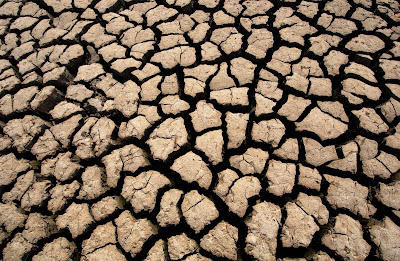This summer Watershed will host a Grundtvig Learners workshop - Memories and Mediascapes - in which people over 50 from across Europe will use digital tools to capture sounds and images around the theme of water and create a soundwalk through Bristol's Harbourside. Follow their journey here.
Friday, 15 April 2011
Falling Water by Frank Loyd Wright
Fallingwater or Kaufmann Residence is a house designed by American architect Frank Lloyd Wright in 1935 in rural southwestern Pennsylvania, 50 miles southeast of Pittsburgh. The home was built partly over a waterfall on Bear Run in the Mill Run section of Stewart Township, Fayette County, Pennsylvania, in the Laurel Highlands of the Allegheny Mountains.
Hailed by Time shortly after its completion as Wright's "most beautiful job",it is listed among Smithsonian's Life List of 28 places "to visit before you die." It was designated a National Historic Landmark in 1966. In 1991, members of the American Institute of Architects named the house the "best all-time work of American architecture" and in 2007, it was ranked twenty-ninth on the list of America's Favorite Architecture according to the AIA.
Monday, 4 April 2011
Flood Mythology
Noah
In the bible, Noah and his family are mentioned as the sole human survivors of the Great Flood. Noah was of the tenth generation after Adam, and all peoples of the world would descend from his sons Shem, Ham and Japheth. According to Legend Noah was told by God to build an Arc to save himself and his family from the flood that would destroy all mankind. He brought two of every kind of animal with him in the Arc, one male and one female. After one hundred and fifty days the water receded, and the Arc washed onto the mountains of Ararat. Noah built an altar there, and afterwards continued his life. It is said he lived to become 900 years old, and therewith was the last of the ancient peoples that were immensely long-lived. The story has many versions and in the flood myths of different Ancient Near-East countries, the flood survivor is given different names. Examples are Atrahasis, Ziusudra, and Utnapishtim in Sumerian mythology. The man in the Sumerian myth is saved from the flood by a warning of groundwater god Enki . This god was usually depicted covered with fish scales, with two streams of water originating from his shoulders, one being the Tigris, and the other the Euphrates. Another example of a different version of the legend of the Great Flood is that of Manu in Hindu mythology.
Friday, 1 April 2011
Water as
Water as a conductor
Water as transporter
Water as life
Water as destroyer
Water as music
Water as a body
Water as an element
Water as a voice
Water as a home
Water as a resource
Water as a territory
Subscribe to:
Comments (Atom)









